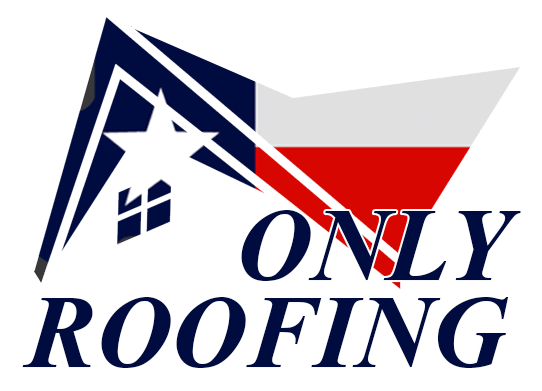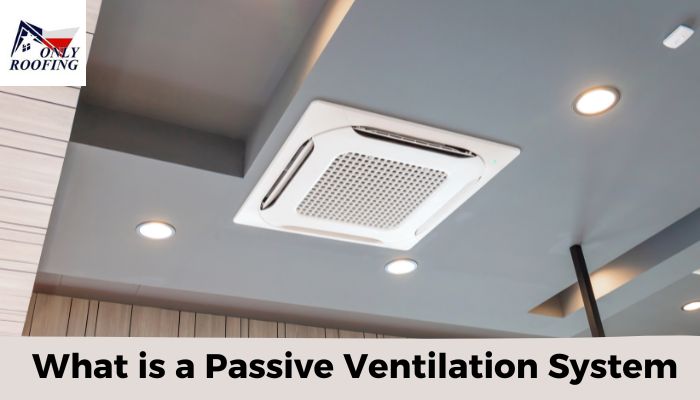The rising demand for ventilation systems for residential commercial roofing systems has compelled many homeowners to question what is a passive ventilation system and how it efficiently works to contribute to an enhanced internal atmosphere.
Passive ventilation systems have acquired significant popularity in sustainable building and energy-efficient design. But what is a passive ventilation system? These systems are ingeniously simple yet powerful technologies that use natural forces to control airflow within a building.
Fundamentals of Passive Ventilation
A passive ventilation system does not require mechanical or electrical components. Instead, it uses basic concepts of airflow, heat, and pressure differentials to enable the exchange of external and internal air.
These systems maintain a continuous fresh air flow while eliminating stale air by harnessing natural forces like wind, buoyancy, and temperature fluctuations.
Key Components of Passive Ventilation
Consider the following components while installing a passive ventilation system:
Openings for Ventilation
The core of passive ventilators is the careful positioning of openings. These might be windows, vents, or specific ducts that enable air to enter and exit. These openings are critical for allowing the necessary airflow for proper ventilation.
Pressure Fluctuations
To know what is a passive ventilation system, consider the differences in pressure fluctuations. Pressure differentials occur when there is a temperature difference between interior and outdoor surroundings and wind or other external variables. This pressure difference causes air to travel from high to low-pressure areas, allowing air to flow through the apertures.
Natural Elements
Nature is essential in ventilation. For instance, wind impacts airflow by causing pressure differential on the building’s surfaces, encouraging air movement.
Furthermore, the theory of buoyancy, which states that warm air rises and cold air falls, contributes to air circulation within the building.
Is Passive Ventilation Good?
The best benefit of passive ventilation is that it is almost free. You don’t have to pay for installation or spend money on electricity to run a fan. Open a window to bring in fresh air while allowing damp or stale air to leave.
In addition, you can enjoy the following benefits of a passive ventilation system:
Energy Efficiency
One of the most notable advantages of passive ventilation is that it uses very little energy. Because it has no mechanical components, it relies less on power, making it an ecologically responsible and cost-effective alternative.
Better Indoor Air Quality
Passive ventilation systems improve interior air quality by continually introducing fresh air while removing stale air. This continual circulation helps to keep pollutants, allergies, and moisture at bay, resulting in a healthier atmosphere.
Thermal Coziness
Passive ventilation also helps to maintain thermal comfort. Controlling airflow and temperature prevents overheating in hot regions and maintains enough ventilation in colder ones.
Considerations and Applications
Passive ventilation systems are used in various structures, such as residential buildings, business spaces, and industrial facilities. However, its efficiency depends on building orientation, design, climate, and local environmental circumstances.
The Bottom Line
Understanding what is a passive ventilation system represents the synergy between design and nature, harnessing natural factors to generate harmonious and efficient circulation within a structure. Only Roofing Woodlands TX services help your homes not only reduce energy consumption but also improve the quality of interior surroundings for healthier and more sustainable living.

